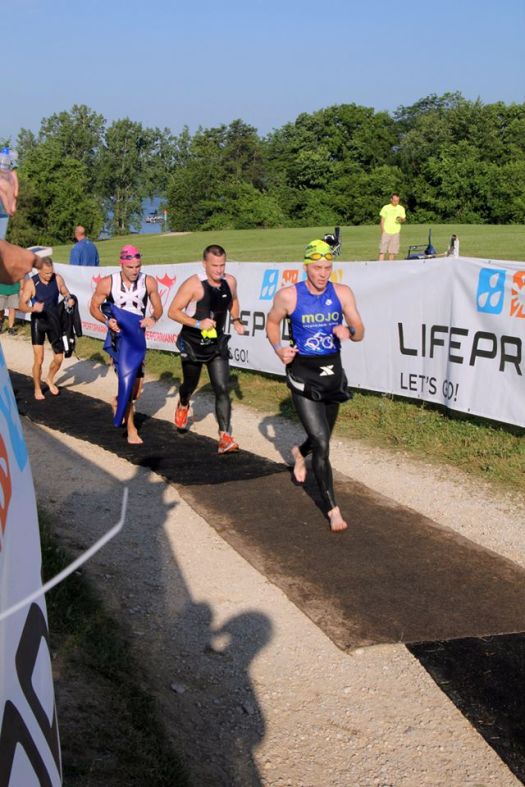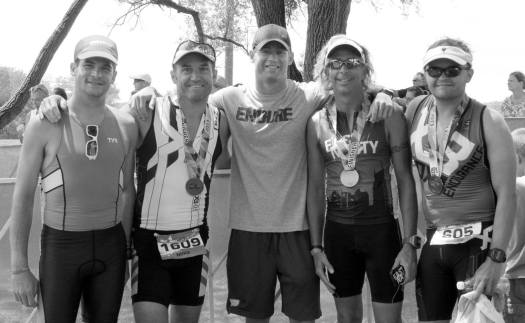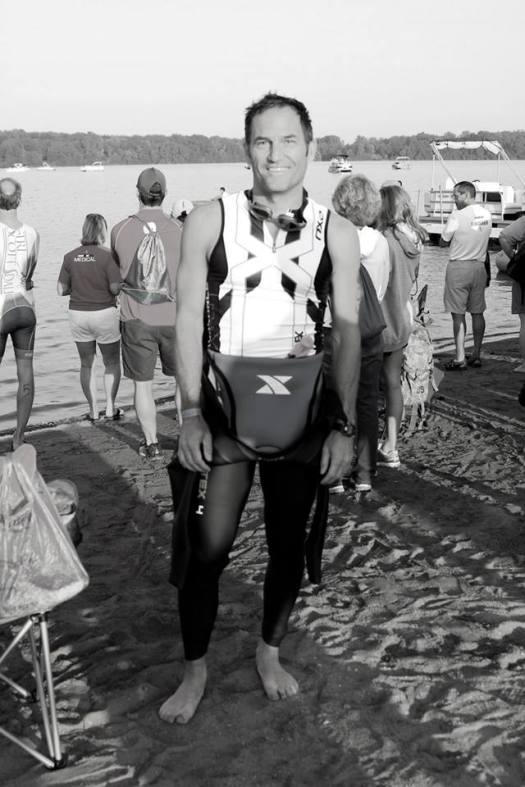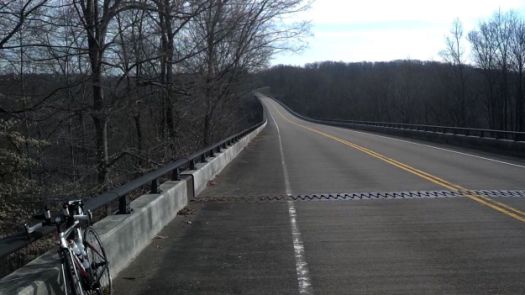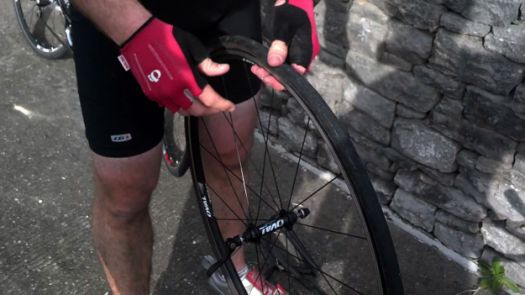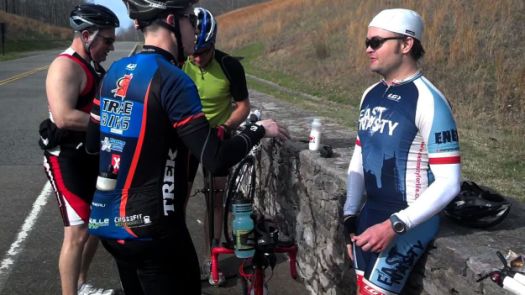After Ironman Texas, pictures like this started surfacing and created a fire storm of opinion. In a race that’s supposed to have no drafting, many parts of the course bunched up in pelotons. 
But what can or should be done about it?
As luck would have it, we recorded our podcast today and started by discussing some of the more popular opinions:
- Adding multiple cameras on the course (like traffic cams) that monitor where limited Moto Marshals cannot
- Adding more timing mats and somehow determining if riders are too close too often
- Putting “secret” marshals on the course in the form of actual participants
- Voting with your money by not signing up for flat and fast course races where drafting is prevalent
- Using peer pressure to shame our friends and fellow club athletes
- Or placing more “standing” marshals on the course
All of these have merit on some level, but we think society (and Ironman) has enough rules. That’s why we dove around in the conversation in hopes of a better solution; and we think we found one.
OUR SOLUTION TO IRONMAN DRAFTING
It centers on the concept of All World Athlete (which we kind of have fun with in some podcasts) but more importantly athletes that are truly trying to qualify for Kona.
More and more Ironman races are going to a rolling start, which has its pitfalls, but we think a simple change to logistics can keep Ironman and others happy, while changing the entire game for people who want to race (and do it legally). Think of it as the inverse of the “wetsuit” category in non-legal races.
Ironman could add one more box on registration forms that asks, “Do you want to be eligible for awards and a Kona slot?” If you check yes, you are put into a different category that starts in one, two, three or four WAVES.
These waves go first (or right after pros) and will include only those who are racing for awards. Depending on the logistics of the water, you could have one big “Awards’ Wave” (say Wisconsin) or multiple awards waves (Louisville where pros currently start in a wave). We acknowledge places like Chattanooga might be more difficult, but where there’s a will there’s a wave.
If you decide you are NOT racing for awards, you simply start wherever you want in the rolling start line. This takes the fear and anxiety of a wave or mass start out of your life and you can happily race however you want and call yourself an Ironman at the end.
But we think there are a good chunk of people who really like to RACE. By grouping them all together at the front, this starts age groups at the same time and creates a smaller portion of the course for marshals to monitor.
This solution allows “awards racers” to plot their strategy and know exactly where they stand against others in their age group. It also creates a higher tier to strive for if you don’t feel you’re ready to actually compete but like the idea of moving up the ladder (not to mention it gives some of the elite age-groupers more of a semi-pro feel to their status).
We think starting elite age group athletes at the same time will create a self-policing of sorts out on the course. If someone is directly racing another, they will not stand for a front pack peloton, where as if it’s happening in multiple places all over the course it’s hard to contain.
Give the “awards age group” different color caps or something and start them first, in waves. Get them on the way and let the rest do whatever they want.
Those who want to race others can do so. Those who just want to race themselves can do that, too.
Here is the entire podcast. #159 Drafting: How We’d Solve The Problem

